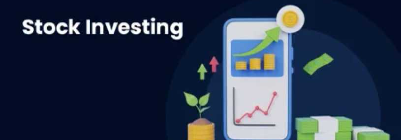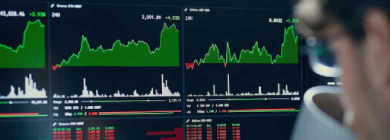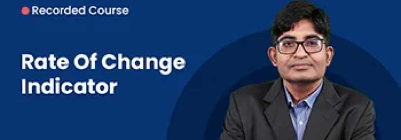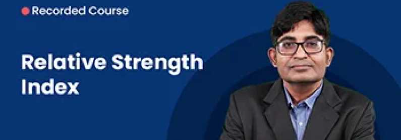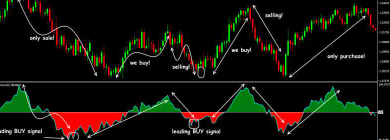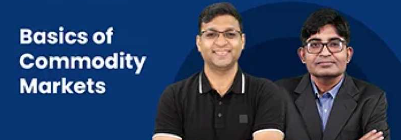The current situation in the US is a Goldilocks setup where growth is stalling, the labor market is stagnant and inflation is moderating towards the Fed’s target.
Risk sentiment is therefore positive. Bond markets rallied as the dollar traded weaker, equities rallied and short-end rates fell further as expectations of a rate cut came to the fore. Additionally, China unleashed a double-barreled fiscal and monetary policy stimulus in the last week of September in a desperate bid to meet its 5% growth target for 2024. As a result, markets have cut bearish bets on Chinese equities. The Shanghai Composite is up 23% from mid-September lows and at its highest level since July’23. Base metals and commodity currencies also got a lift from China’s stimulus.
We are now in the final quarter of 2024. Towards the end of the year we may see some degree of caution. The US presidential election in November is a major risk event. Trump and Harris can be slightly separated at this point. Market participants may choose to stay on the sidelines given the two candidates’ starkly divergent views on global trade, corporate taxation, climate change, defense and immigration.
Israel has killed a Hezbollah leader in Lebanon, raising tensions in the Middle East. Iran has launched an attack on Israel in response, and this introduces new uncertainty that underscores the sense of risk given the impact on crude prices and shipping routes critical to global supply chains. The BRICS summit in late October will also be something to watch out for as speculation swirls around the possibility of a new gold-backed BRICS currency being announced.
While we do not expect full-blown risk aversion at this stage, we do expect the recent euphoria to moderate as markets consider the aforementioned risks.
On the domestic front, RBI’s monetary policy will be in focus in October, especially if we have new external MPC members. We can see a neutral change in trend. Beyond the 25bps cut is also a possibility.
Investors will also closely scrutinize corporate earnings for the July-September quarter. It is important for positive earnings momentum to continue given the current high valuation. We expect large caps to outperform mid caps and small caps and across sectors, we may see a rotation from high beta to defensive.
Given our overall bearish outlook on the dollar, we expect the USD/INR pair to trade with a downside bias. The rupee’s underperformance relative to its peers may diminish as a significant correction has already taken place in the overvaluation of the rupee. We expect the rupee to trade in the range of 83.40-84.25 in the medium term.
(The author is the founder and CEO of IFA Global)
(disclaimer: Recommendations, suggestions, opinions and views given by experts are their own. (These do not represent the views of The Economic Times)
(You can now subscribe to our ETMarkets WhatsApp channel)






